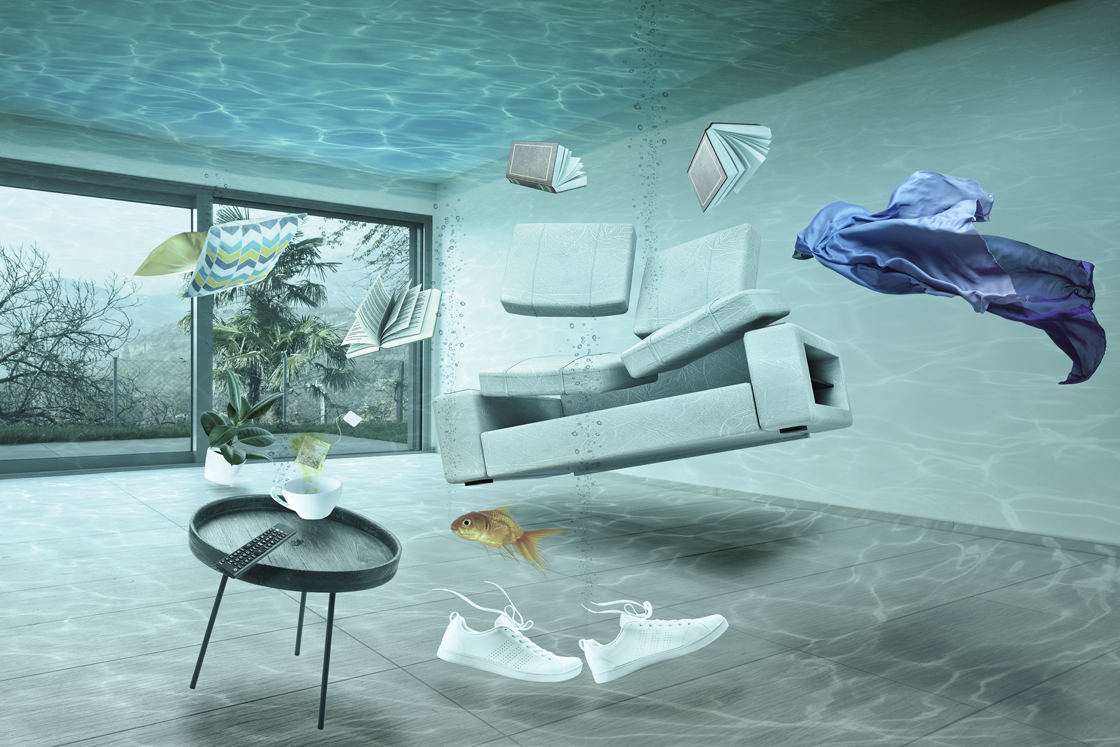Expose Concealed Water Line Leaks: 6 Tested Techniques for Detecting
Expose Concealed Water Line Leaks: 6 Tested Techniques for Detecting
Blog Article
The content below involving Hacks to detect leaks is extremely intriguing. Check it out for your own benefit and decide what you think of it.

Early discovery of dripping water lines can mitigate a possible catastrophe. Aside from conserving you money, it will certainly minimize the irritation as well as irritation. The minute you find a leakage, calling your plumber for fixings is the very best option. Some little water leaks might not be noticeable. Right here are some hacks that aid if you can not spot it with your naked eyes.
1. Check Out the Water Meter
Examining it is a proven way that helps you discover leaks. If it moves, that suggests a fast-moving leak. This implies you may have a sluggish leak that might even be underground.
2. Examine Water Usage
Assess your water costs and track your water consumption. As the one paying it, you ought to notice if there are any type of discrepancies. If you find sudden changes, regardless of your consumption coinciding, it suggests that you have leaks in your plumbing system. Bear in mind, your water costs ought to drop under the same array every month. An unexpected spike in your bill suggests a fast-moving leak.
A constant boost every month, even with the exact same behaviors, shows you have a slow leak that's likewise slowly escalating. Call a plumber to completely examine your residential property, particularly if you feel a cozy area on your floor with piping underneath.
3. Do a Food Coloring Test
30% comes from commodes when it comes to water intake. Examination to see if they are running appropriately. Drop flecks of food shade in the storage tank and wait 10 minutes. If the color somehow infiltrates your bowl during that time without flushing, there's a leak in between the container as well as bowl.
4. Asses Outside Lines
Do not neglect to check your outdoor water lines also. Examination spigots by connecting a garden hose pipe. Must water seep out of the connection, you have a loosened rubber gasket. Replace this and guarantee all connections are limited. It will help obtain it skillfully examined as well as preserved yearly if you've obtained a lawn sprinkler system. One tiny leak can lose lots of water and spike your water bill.
5. Evaluate the situation as well as check
Homeowners must make it a habit to inspect under the sink counters and even inside closets for any bad odor or mold development. These two warnings show a leakage so timely focus is called for. Doing regular examinations, even bi-annually, can conserve you from a significant issue.
Inspect for stainings as well as deteriorating as most pipelines and also home appliances have a life span. If you suspect dripping water lines in your plumbing system, don't wait for it to rise.
Early detection of leaking water lines can minimize a prospective disaster. Some little water leakages may not be visible. Examining it is a surefire method that helps you find leaks. One little leakage can throw away heaps of water and also increase your water costs.
If you suspect dripping water lines in your plumbing system, don't wait for it to rise.
WARNING SIGNS OF WATER LEAKAGE BEHIND THE WALL
PERSISTENT MUSTY ODORS
As water slowly drips from a leaky pipe inside the wall, flooring and sheetrock stay damp and develop an odor similar to wet cardboard. It generates a musty smell that can help you find hidden leaks.
MOLD IN UNUSUAL AREAS
Mold usually grows in wet areas like kitchens, baths and laundry rooms. If you spot the stuff on walls or baseboards in other rooms of the house, it’s a good indicator of undetected water leaks.
STAINS THAT GROW
When mold thrives around a leaky pipe, it sometimes takes hold on the inside surface of the affected wall. A growing stain on otherwise clean sheetrock is often your sign of a hidden plumbing problem.
PEELING OR BUBBLING WALLPAPER / PAINT
This clue is easy to miss in rooms that don’t get much use. When you see wallpaper separating along seams or paint bubbling or flaking off the wall, blame sheetrock that stays wet because of an undetected leak.
BUCKLED CEILINGS AND STAINED FLOORS
If ceilings or floors in bathrooms, kitchens or laundry areas develop structural problems, don’t rule out constant damp inside the walls. Wet sheetrock can affect adjacent framing, flooring and ceilings.
https://www.servicemasterbyzaba.com/blog/how-to-detect-water-leakage-in-walls/

I ran across that content on Top leak detection hacks while doing a lookup on the search engines. Please set aside a second to share this write-up if you enjoyed it. Thank you so much for going through it.
Plumbing woes? Contact. Report this page